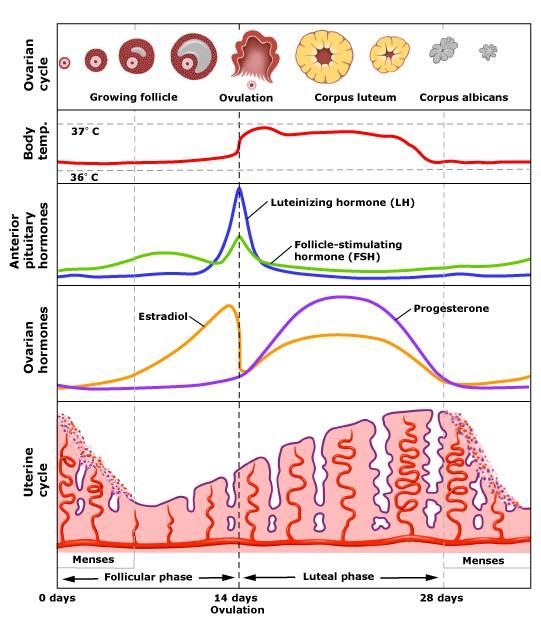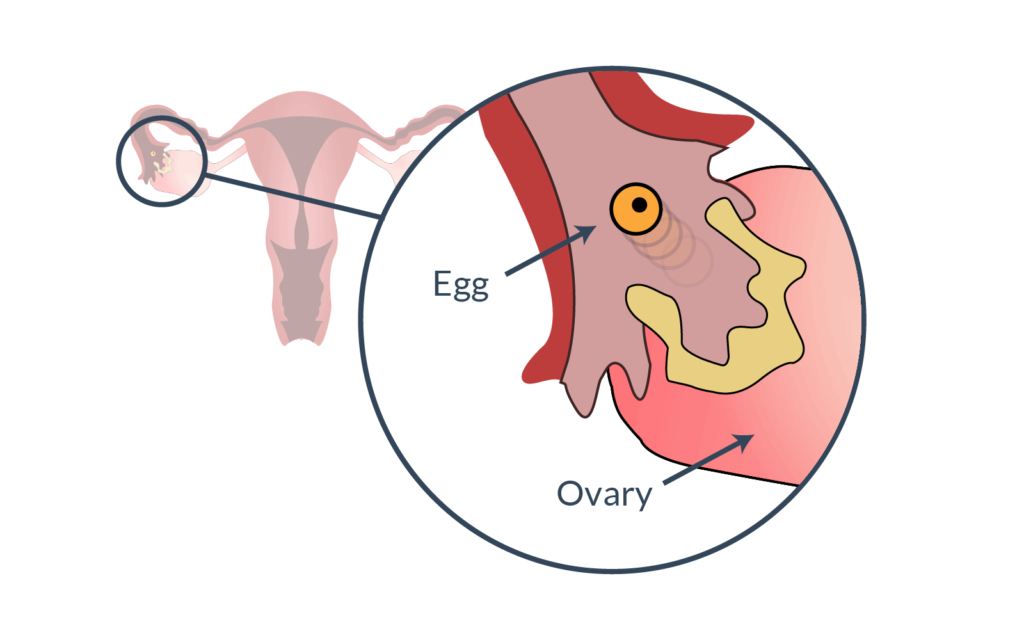 Understanding Your Period
Understanding Your Period
The Menstrual Cycle, or period, can be pretty confusing, especially if yours is not regular.
The menstrual cycle is your body’s preparation for pregnancy that happens every month. It is important for you to understand your body and why this happens, but also to help you understand at what time you may become pregnant.
LMP
First, I encourage all women to track their monthly cycle. I have found that the easiest way to do that is on your electronic devices such as your phone, tablet, or computer. You can record your LMP (last menstrual period) every time it happens, and then set up reminders to notify you every month.
Your LMP is the FIRST DAY of your period, so you are tracking the day that it starts. This is important to know for several different reasons, which we will discuss in a moment. After tracking this day over the course of a few months, you can begin to see a pattern in your cycle. This can be very difficult for women who have irregular periods.
The typical menstrual cycle occurs every 28 days (from the first day of one period to the first day of your next period.) This is just an average, as some women have longer cycles and some have shorter cycles. Once you determine how many days that occur between the first days of your monthly cycles, you can put this in your calendar as a repeat event.
For example: If you know that your period will start on average, every 26 days, put it in your calendar to remind you of when this should be happening next. That way you can know when to expect this to happen again. Which leads me to my next point…
PMS
Some women experience symptoms for typically around 6-10 days before their period starts called Pre-Menstrual Syndrome or PMS. This can be a very difficult time for a woman as she feels many different emotions and physical symptoms, such as breast pain, mood changes, fatigue, increased appetite, and several other things. There is a rise and fall of hormones that happens before, during, and after your period.
Hormones
The rise and fall of levels of hormones during the month control the menstrual cycle. Here is a chart that shows what hormones are doing during this time.
Progesterone and Estrogen rise in the 6-10 days before the start of your period, then drop as your period begins to start. It’s helpful to keep track of this time in your calendar, because it can be a difficult time emotionally and physically. Knowing that this is a normal experience during this time and knowing when to expect it can be empowering. You can prepare for it and know that it is a temporary feeling that will go away in a few days.
Think of ways you can relax and cope during this time such as: spending time outdoors on a nice day, taking a relaxing bath, spending some alone time to read or talk with God, spending time with friends who are encouraging, and there are so many more ways to be creative with this!
Ovulation
Ovulation happens around 14 days after the first day of your period, so typically about 9 days after your period ends if bleeding lasts for 5 days. Ovulation is the time that you can become pregnant. It is the time that the egg, that has been forming in your ovary, releases and travels down your fallopian tube towards your uterus.
Approximately every month an egg will mature within one of your ovaries. As it reaches maturity, the egg is released by the ovary where it enters the fallopian tube to make its way towards the uterus, and, if present, the sperm from the male that are waiting for fertilization.
Fertilization
Conception/fertilization happens when the sperm implants itself in the egg. At the instant of fertilization, your baby’s genes and sex are determined! A life has begun!
The lining of the uterus has thickened to prepare for the fertilized egg. If no conception occurs, the uterine lining, as well as blood, will be shed.
The shedding of an unfertilized egg and the uterine wall is the time of menstruation (bleeding).
It is important to know when you are most likely to get pregnant! You can also track your ovulation time in your calendar.
Natural Family Planning
Some couples use natural family planning as a form of birth control. With Natural Family Planning, you can determine your peak fertility period. This can be very empowering as you learn how your body works, and at what time you may become pregnant.
This can also be a very effective method of birth control, if practiced perfectly, but you have to be very familiar with your monthly cycle to use this method. It may seem daunting, but it can be done! Plus it may be really helpful when you plan on adding to your family some day! You can learn when you are most fertile.
There are 3 main methods to determine the fertile period:
The Rhythm Method
With this method, you track the length of your cycle to determine the dates of your ovulation. Since your cycle can vary month to month, this method alone may not be the most accurate.
Cervical Mucus Method
Cervical mucus changes during ovulation to assist the travel of sperm to the egg. You may notice that the mucus turns clear, thin, and stretchy during this time.
Basal Temperature Method
During ovulation, the body’s temperature rises slightly. After tracking this for a few months, you can become certain about when your fertile period starts and ends.
The Sympto-Thermal Method is a combination of cervical mucus and basal temperature methods. Using these 2 methods together can create maximum effectiveness at preventing pregnancy.
If you would like more information about Natural Family Planning, please visit The Couple to Couple League website www.CCLI.org
Beautiful
Even though this can be a daunting and confusing time, just know that you are a beautiful and wonderful masterpiece that was created by God. It was during the menstrual cycle that YOU were created and it helps to know that there is beauty that comes from this sometimes confusing and overwhelming process.
“For you created my inmost being;
you knit me together in my mother’s womb.
I praise you because I am fearfully and wonderfully made”
Psalm 139: 13-14
Some information was taken from http://americanpregnancy.org/getting-pregnant/understanding-ovulation/
About the Author:
Kendyl Biebel is a Registered Nurse Sonographer at Legacy Pregnancy Center in Sheridan, Wyoming.








